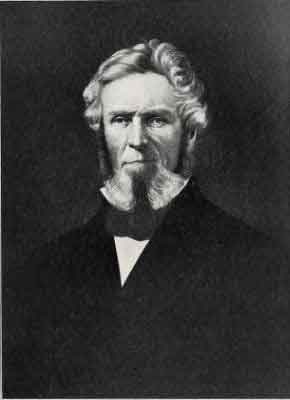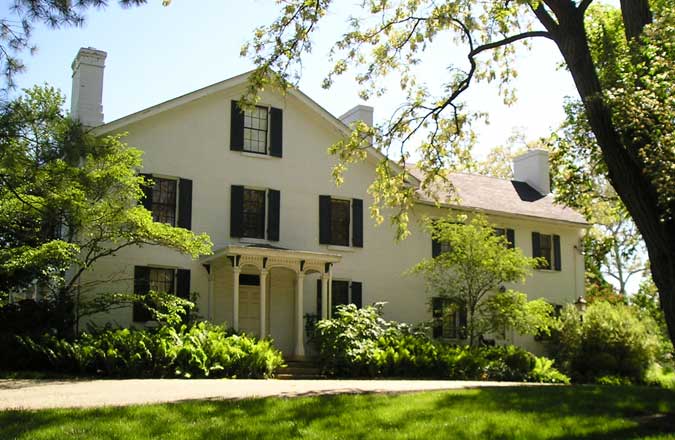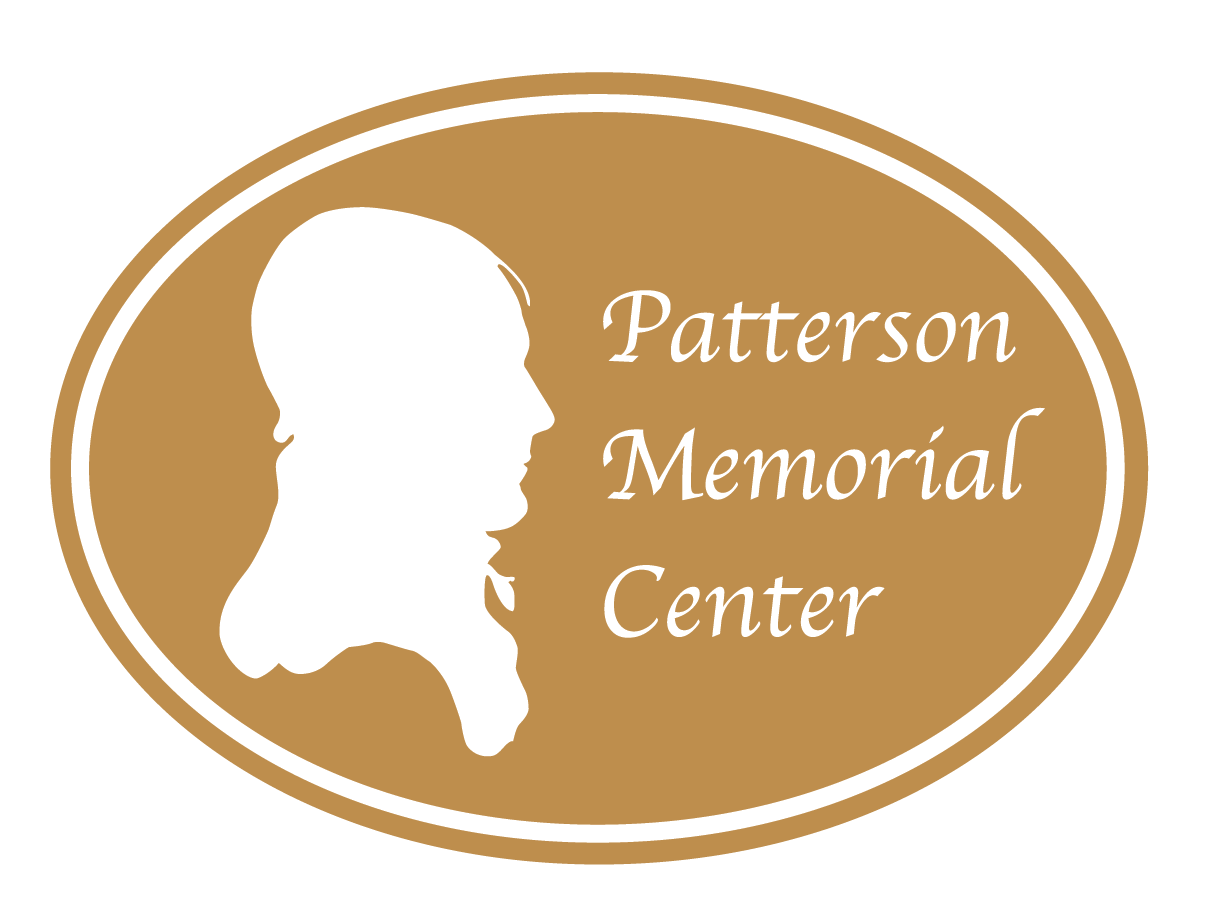Revolutionary War hero Colonel Robert Patterson and his wife, Elizabeth Lindsay Patterson, moved to Dayton, Ohio, from Lexington, Kentucky, in 1804. Robert and Elizabeth had 11 children.

The Patterson mills transformed raw materials grown in the Dayton area into finished, useable products: lumber for building, flour for baking, and wool for making cloth.
These products enabled the nascent town of Dayton to grow by re-investing homegrown products in itself. In addition, excess products could be sent down the Great Miami River by boat to be sold in Cincinnati or exchanged for other goods.
During the War of 1812, Robert returned to government service in becoming a quartermaster for Ohio.
His wife, Elizabeth, and daughter, Catherine "Kitty" Patterson Brown, contributed to the war effort in organizing women across Montgomery County to make clothing for the soldiers and their families
After the war, Elizabeth and Kitty were instrumental in founding the Dayton Female Charitable and Bible Society, the first woman's organization in the region.
Meanwhile, Robert advocated for improved transportation. Namely, a canal to link Dayton with Eastern markets, and a roadway to connect Cincinnati and Dayton.
Both Robert and Elizabeth promoted the general welfare and growth of Dayton through their efforts.
In 1833, Jefferson, the youngest son, inherited Rubicon Farm and married Juliana Johnston, the daughter of Colonel John Johnston and his wife, Rachael Robinson Johnston. Colonel Johnston was the regional Indian agent based in Piqua, Ohio. Jefferson and Juliana had 11 children.

Jefferson was interested in agriculture and livestock. He co-founded the Montgomery County Agricultural Society in 1838 and was involved in organizing its first fair in 1839. In 1862, Jefferson was elected to the Ohio Legislature.
Catherine "Kitty" Patterson, Jefferson's sister, married Henry Brown, a U.S. military secretary, merchant, and trader with the Native-American tribes, in 1811. Henry established the first dedicated store in Dayton in 1804 and in 1808 built its first brick residence.
Jefferson and Juliana's four eldest sons served in various Ohio militia units during the Civil War. They were Captain Robert Patterson (11th and 61st Ohio Volunteer Infantry), Captain William Patterson (1st Ohio Volunteer Infantry), Private Stephen Patterson (86th Ohio Volunteer Infantry), and Private John H. Patterson (131st Ohio Volunteer Infantry).

In 1884, brothers John and Francis, "Frank," co-founded the National Cash Register Company (NCR).
Frank died in 1901 and John continued to operate NCR until his death in 1922. Frank's widow, Julia Shaw Patterson Carnell, built the current Dayton Art Institute in 1929.


Do you have photos, books or other information that you believe may be pertinent to this website?
Are you interested in contributing to our organization?
